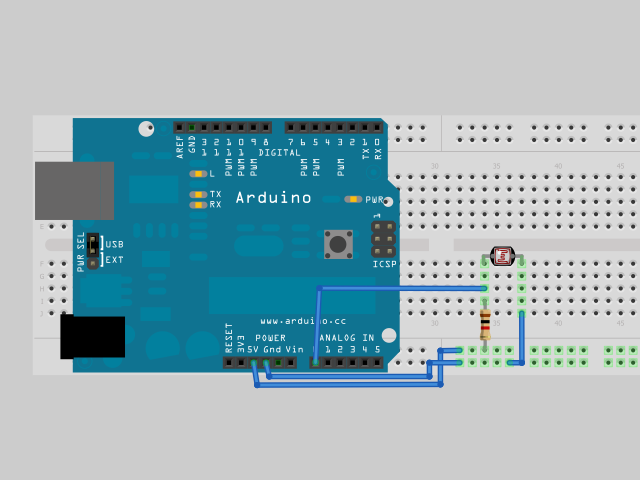Idea: Analysing the Shadow blister effect
 I desperately need a new Arduino UNO board (my old one burned wile recording UV levels outside (I live in Spain, pretty sunny)) <- Wait is that a double parenthesis? That’s crazy. Inception…
I desperately need a new Arduino UNO board (my old one burned wile recording UV levels outside (I live in Spain, pretty sunny)) <- Wait is that a double parenthesis? That’s crazy. Inception…
The shadow blister effect is another example of millions of years of evolution and how our brains prefer to imagine simple things than to see the reality. Ok, Maybe I’m being too paranoid here.
The shadow blister effect (look we are just at the beginning, another time), (I like when people repeat the first part of a sentence over and over… wait politicians do that! I don’t like it so much now). The effect consist on the perception that when two shadows meet their shapes is deformed.
I just realized that some things are pretty complicated to explain. So I decided to do something unethical: Copy the Wikipedia definition (sorry, sorry, sorry):
“The shadow blister effect is a visual effect whereby adjacent shadows appear to bulge (or blister) towards one another when cast by one or more non-point light sources”
Seriously, I am actually impressed by some Wikipedia’ definitions.
Here is a video:
https://www.youtube.com/watch?v=zzIwNQ9M-MA
So, the point is that when the two penumbras of the shadows merged they create a darker penumbra. Although this new zone is still very bright in comparison with the light background, this penumbra seems much darker. Thus, our brain sees this area as part of the shadows; As if the area had the same intensity as the real shadows.
Note: This effect is only seen when the objects blocking the light source are on different distacnecs form the soruce. If you want to go further, see the detailed research of Jame A. Lock : “Ray Theory Analysis of the Shadow Blister Effect” .
What would be really interesting is to measure the true (did I heard a true? Unavoidable errooooors…) OK, “true”, better now? (yes) light levels of that area.

You can move the sensor longitudinally, and get a light-level vs. X-position graph, amazing. If you are adventurous you can subtract the background light (a wall zone without shadow) ;). I can’t wait to see what is the required contrast between the shadow and the penumbra parts to trick the brain.
PD: Sorry for my English.
